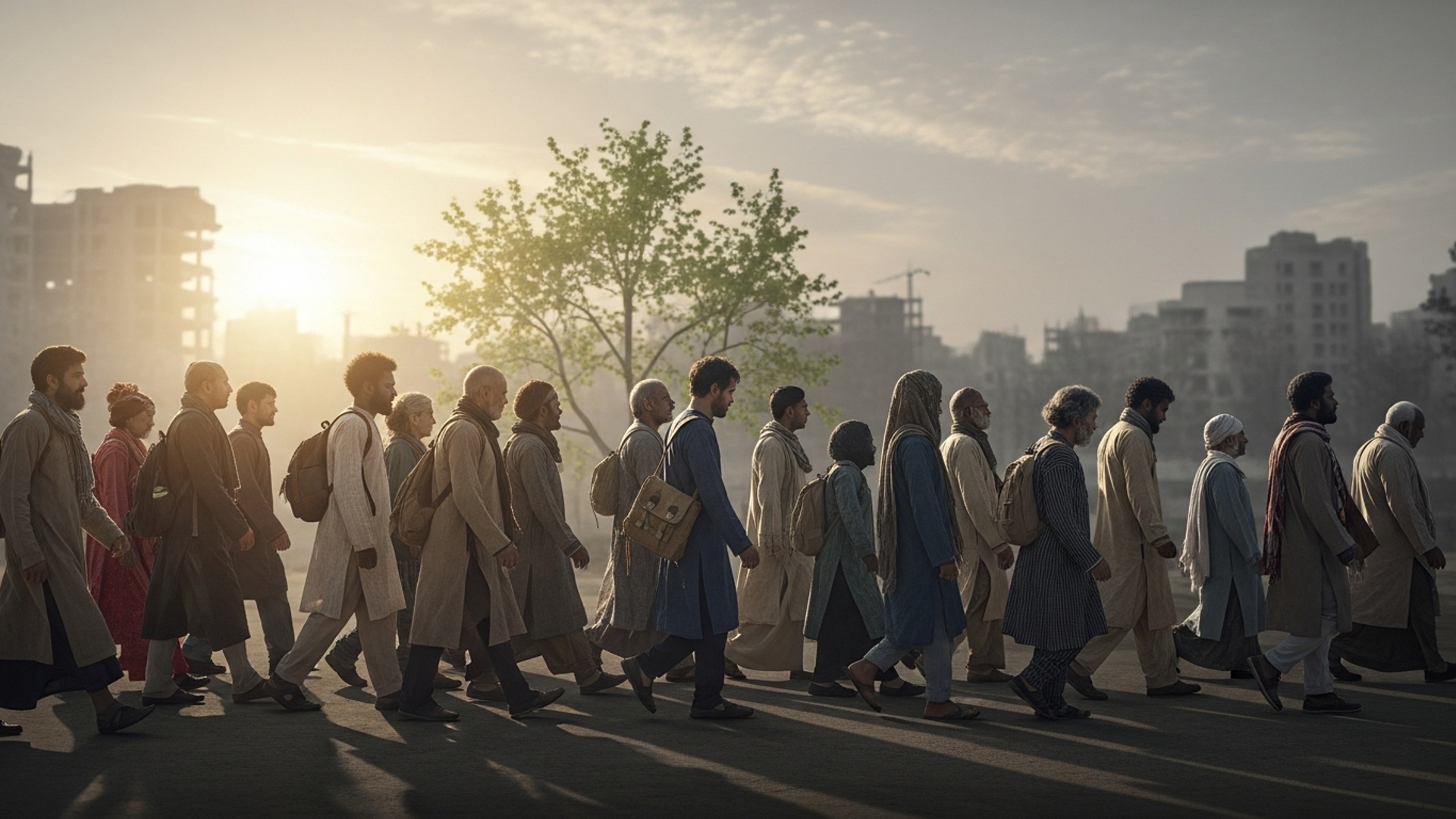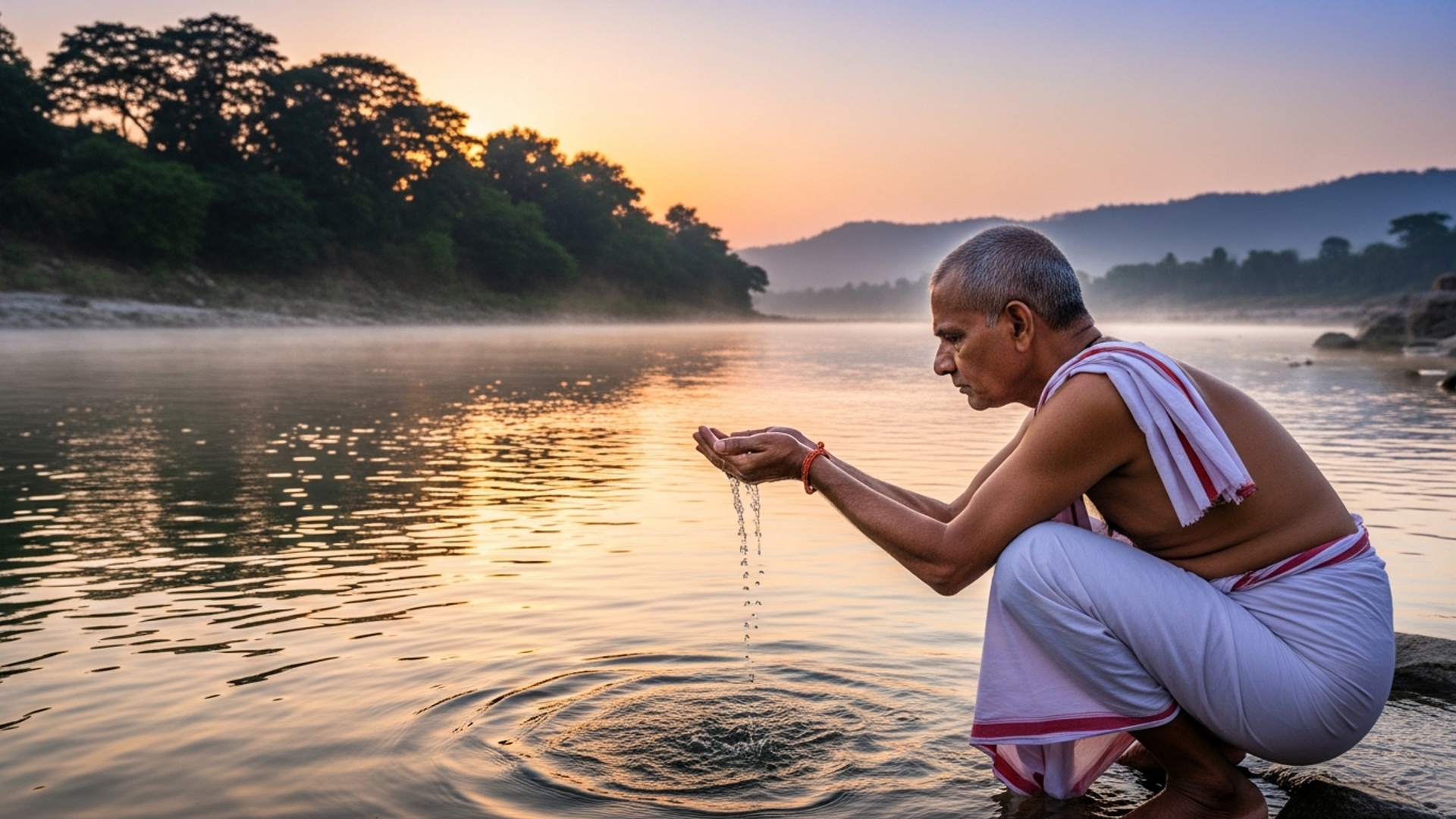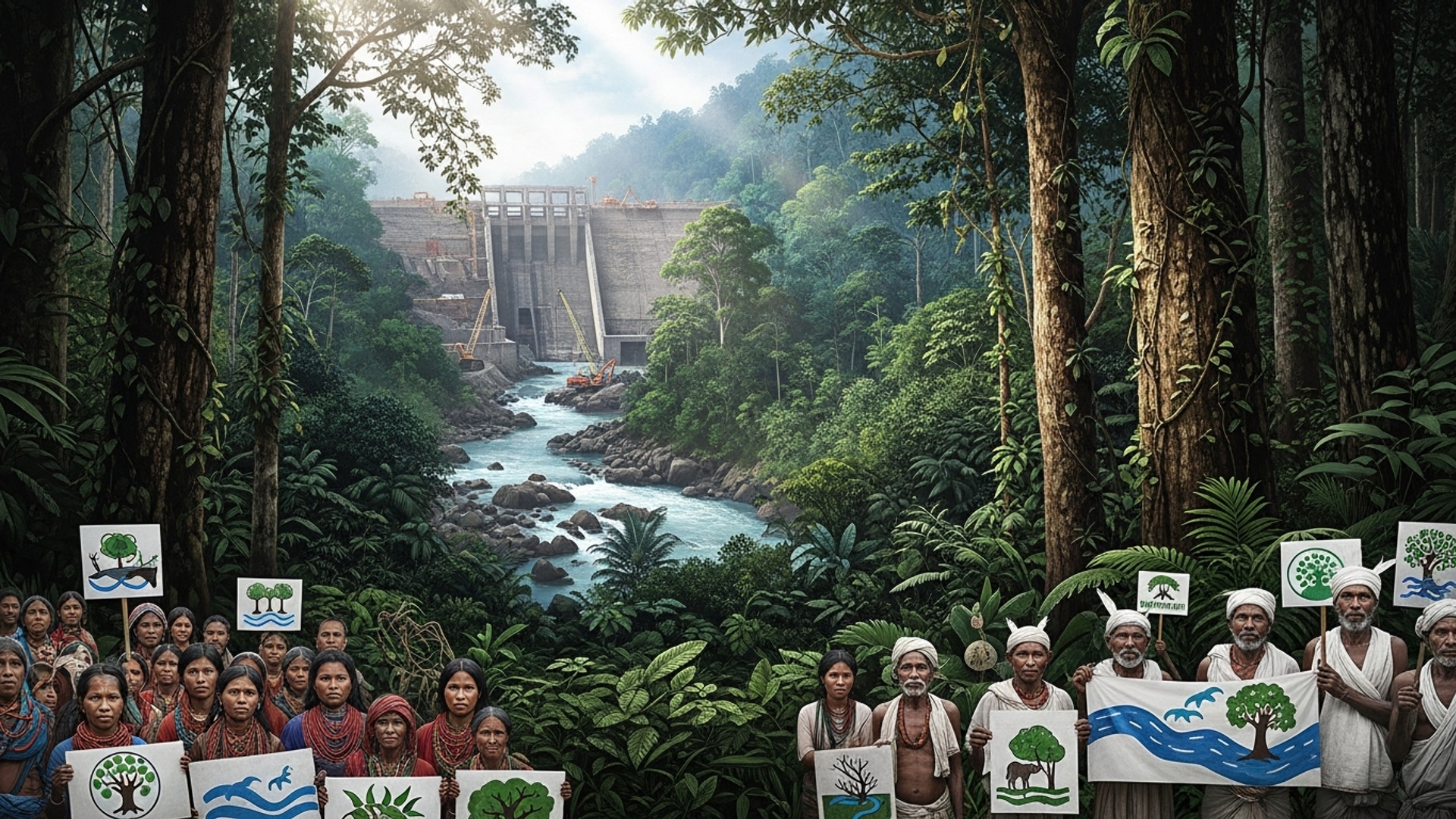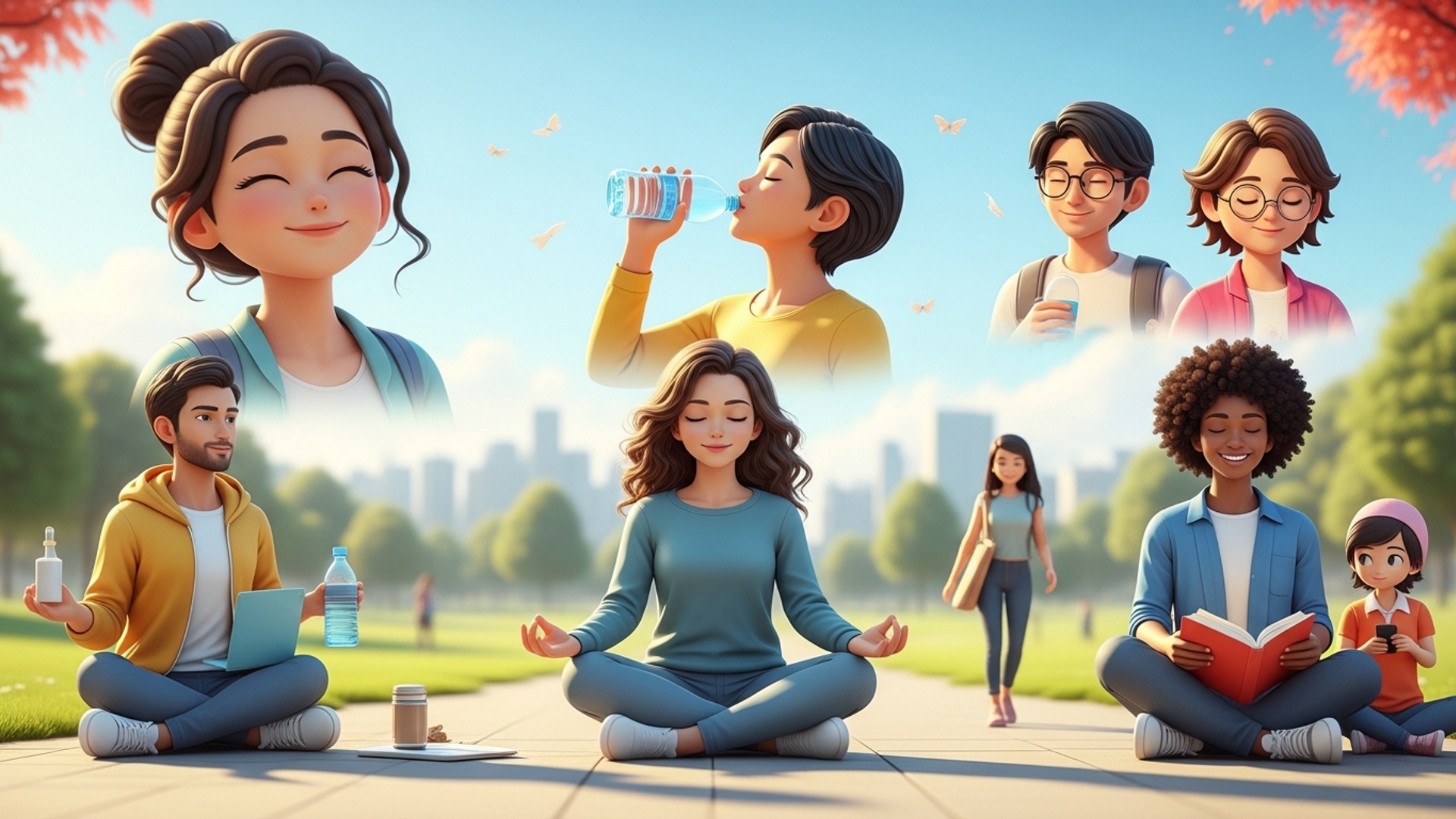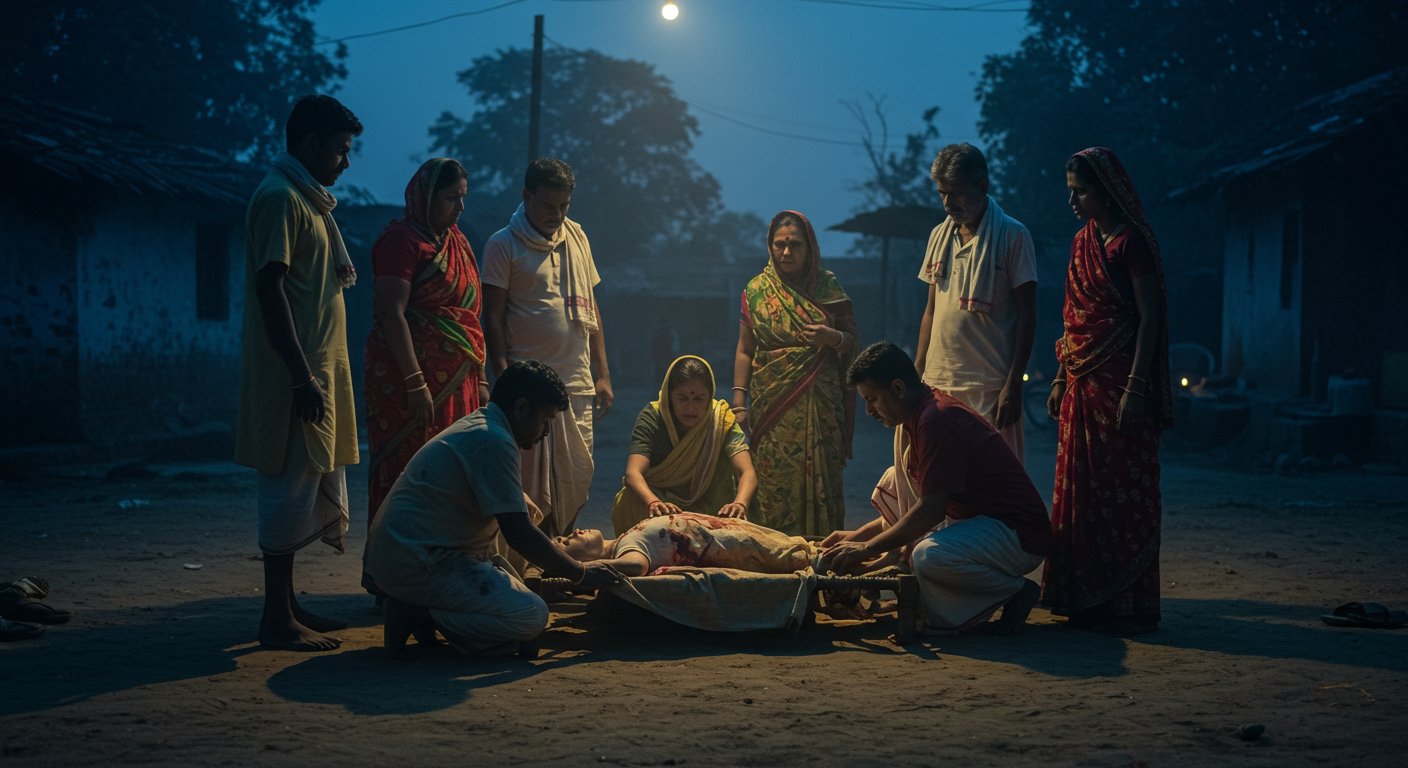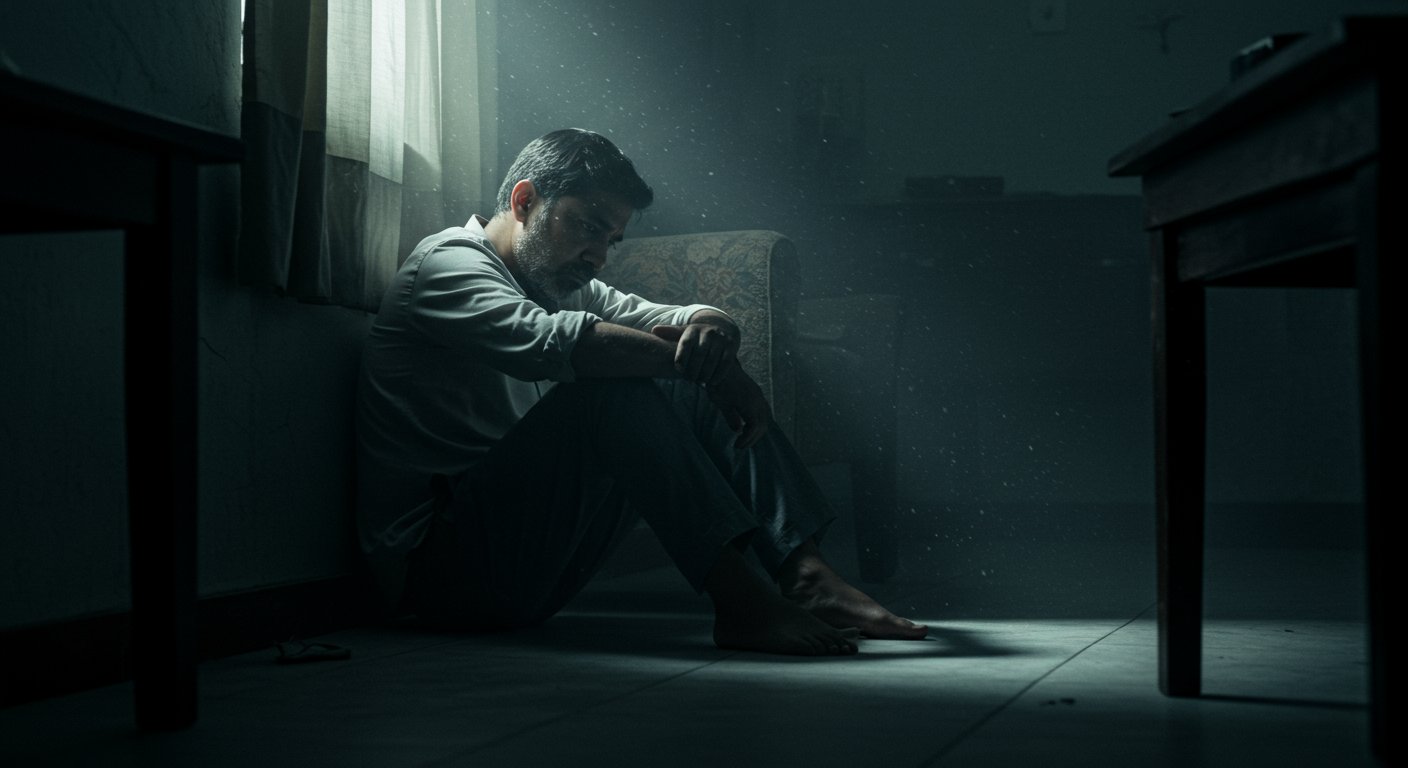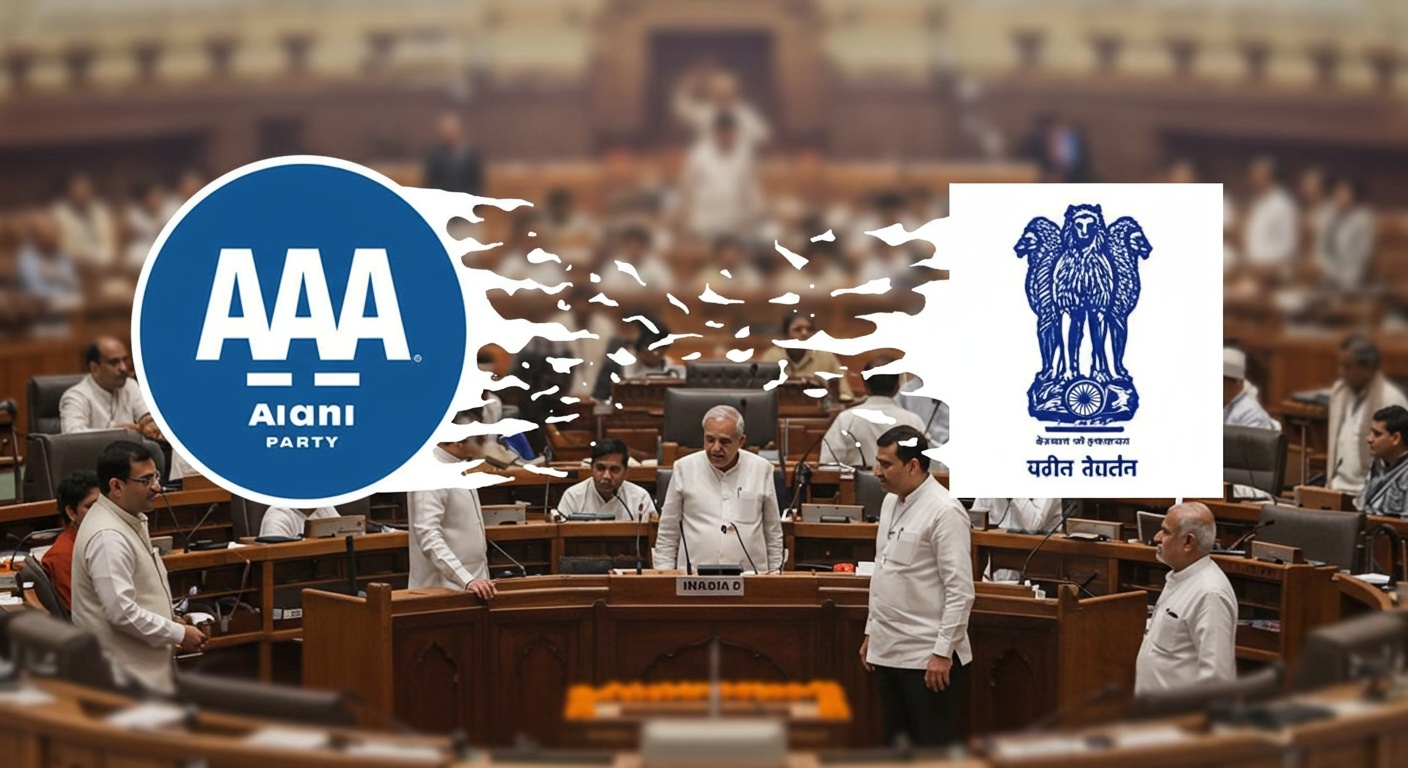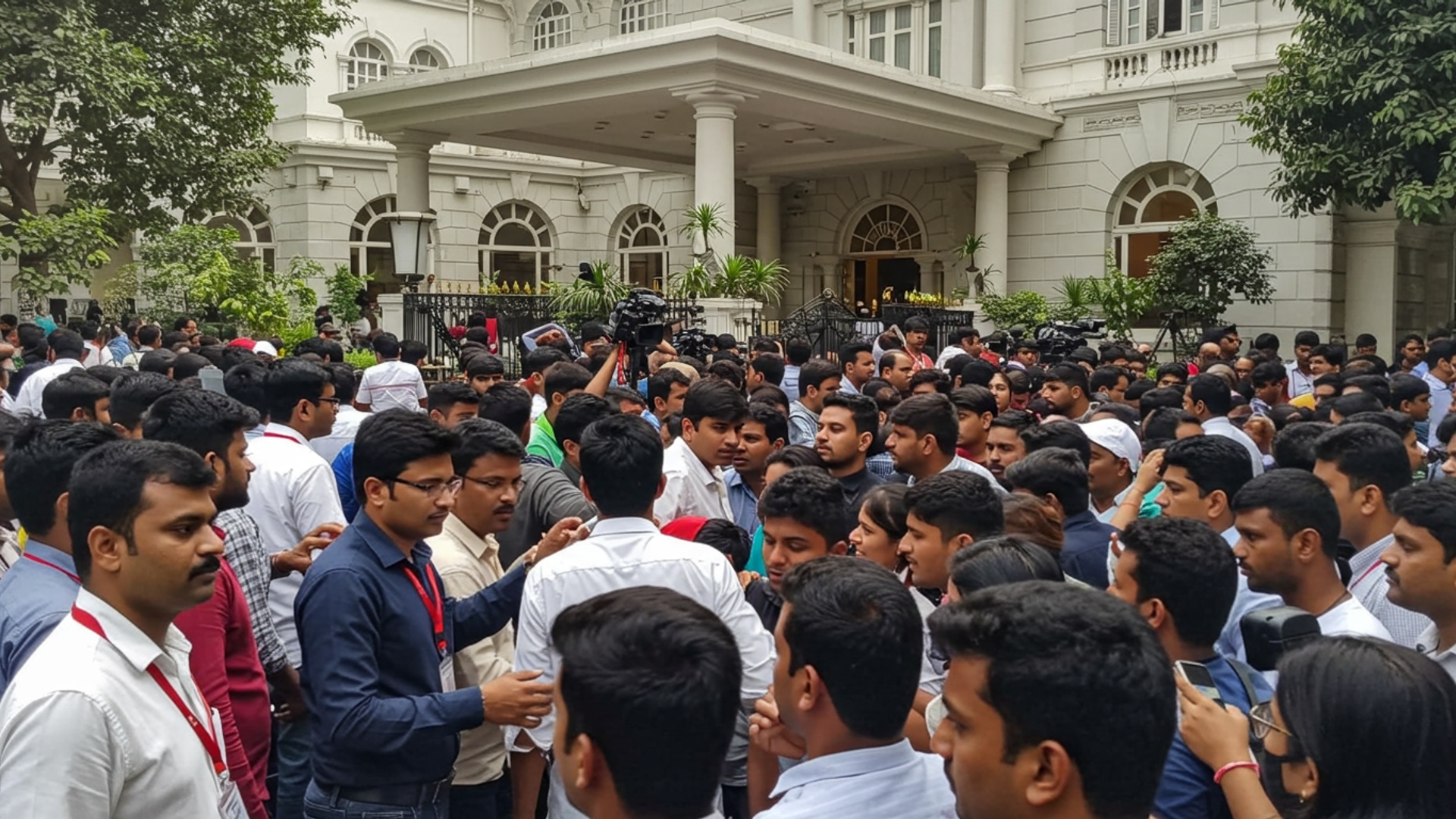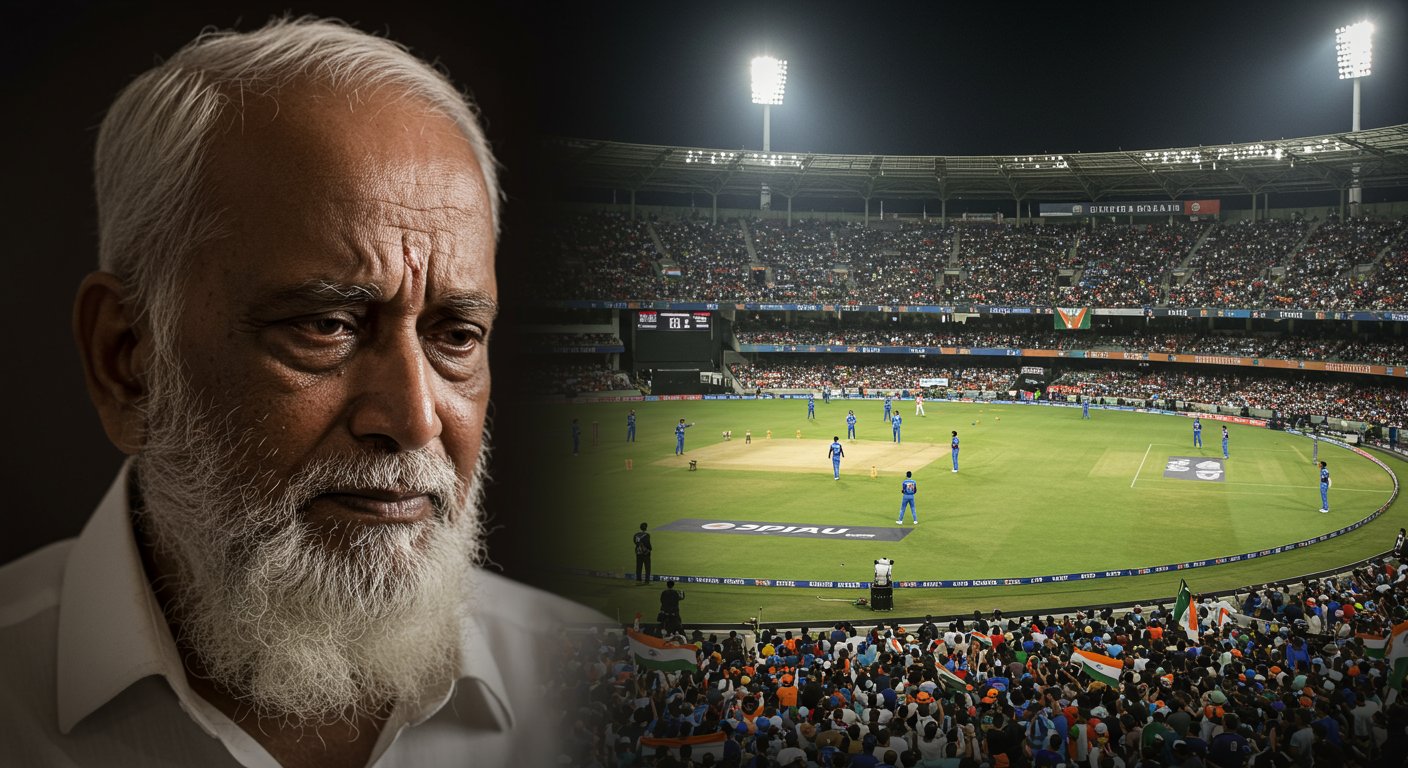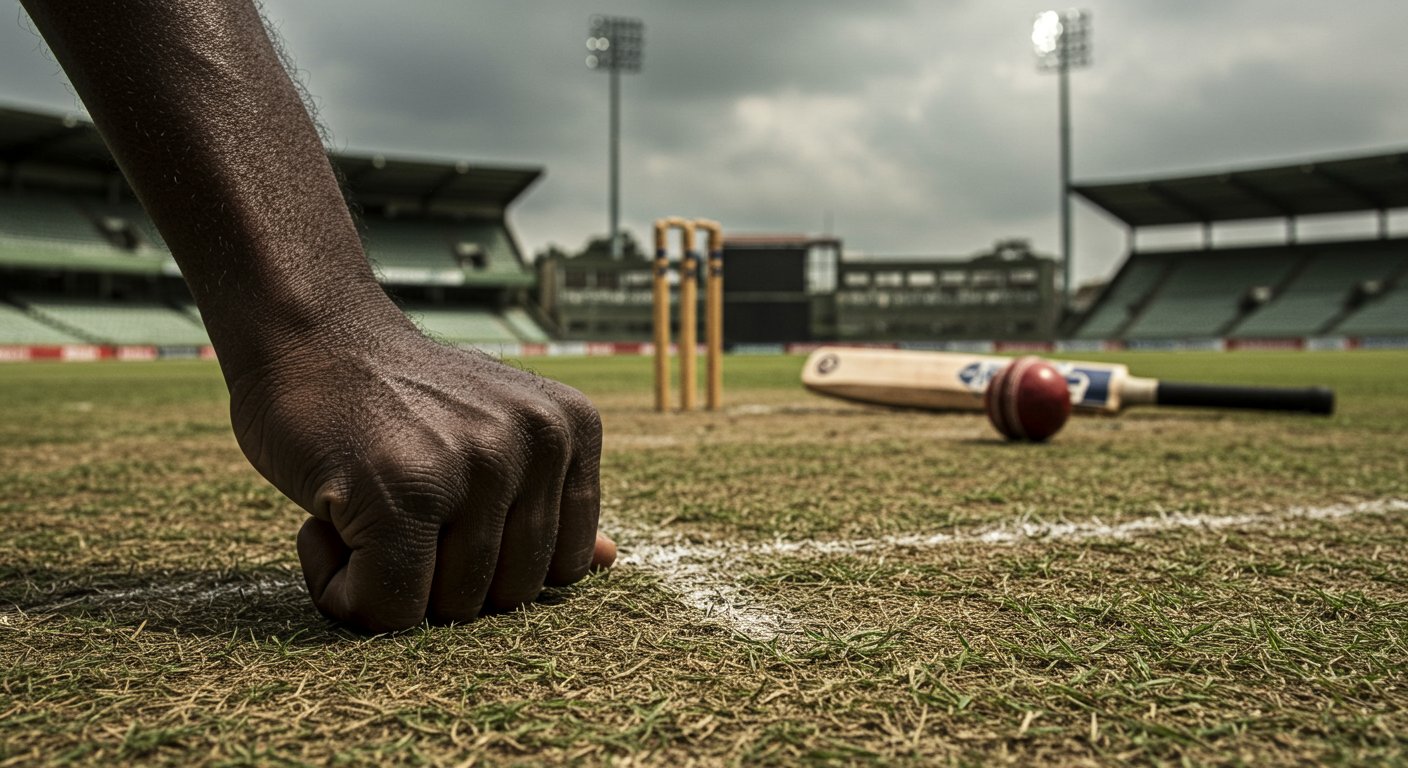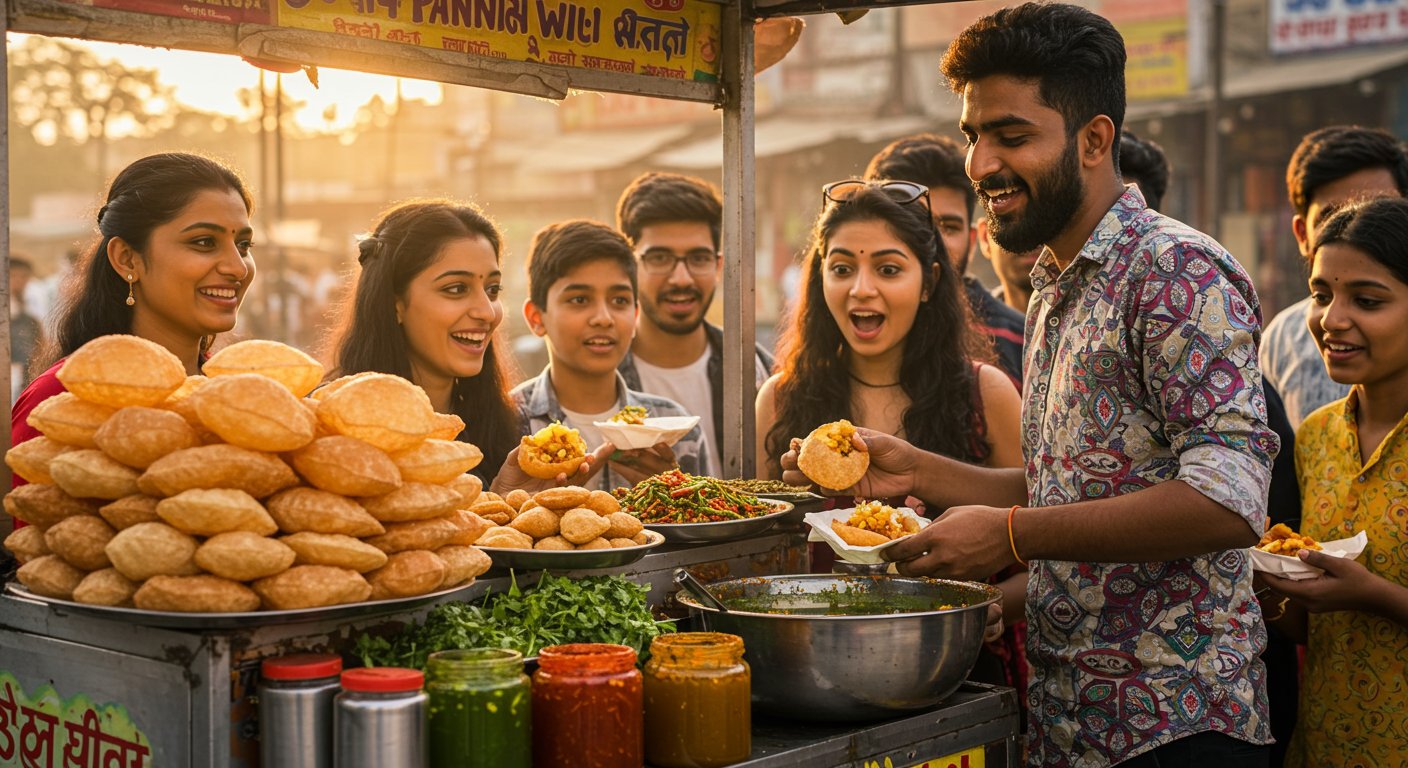Tribal communities across several regions today restart their strong protests against the controversial river link project. For years, these groups have fought against the massive water plan. now they are again gathering, blocking roads. shouting their concerns. They say the project will take away their land and way of life, directly threatening their ancestral homes. This new wave of action comes as the government makes clear its plans to move forward with building parts of the link. Their renewed anger signals a deep and ongoing fight for their rights and very existence.
Latest Events
Tens of thousands of tribal community members have once again gathered to protest a large river linking project, demanding its complete cancellation. On Thursday, August 14, 2025, a major rally took place in Dharampur, Valsad, uniting various tribal groups under the “Dam Hatao Samiti” (Remove Dam Committee). Over 5,000 people from affected regions were expected. the turnout was significantly larger, with tens of thousands participating.
The renewed protests come after a detailed project report (DPR) for the project was presented in Parliament. Tribal leaders and local political representatives expressed concerns that this signals the project is back on track, despite previous assurances that it had been set aside.
Protesters traveled from different areas, using trucks and tractors, to show their strong opposition. They state that the project will destroy their homes, culture. ways of making a living. They are demanding a formal and permanent order from the government to stop the project.
Project Background
The project in question is the Par-Tapi-Narmada river linking project, which was first thought of around 40 years ago under the 1980 National Perspective Plan.
The main idea behind this project is to move water from areas that have more water in the Western Ghats to drier regions like Saurashtra and Kutch. It involves connecting three major rivers: Par, Tapi. Narmada. The plan includes building multiple dams and a network of canals.
Over the years, this project has faced protests several times, leading to it being put aside. For example, in 2022, a mention of the project in the national budget speech led to widespread protests in South Gujarat. Recent reports suggest that if the project goes forward, it could affect up to 50,000 tribal families.
The detailed project report, which has now been presented, suggests that the project will cause 118 villages to be covered by water, impacting over five lakh (500,000) people, most of whom are tribal. Earlier plans included seven dams. the new report mentions two more dams.
Why People Protest
Tribal communities are strongly against the project for several reasons, primarily fearing loss of their traditional way of life.
- Loss of Land and Homes
- Impact on Livelihoods
- Cultural and Spiritual Damage
- Environmental Concerns
- Lack of Proper Consent
- Unfair Compensation
Many tribal people fear that their villages and farm fields will be submerged by the dam water. It is estimated that a large number of families, potentially around 30,000, will be directly affected by displacement. In other similar projects, thousands of families have been displaced, losing their land, homes. livelihoods.
Tribal populations depend on their natural surroundings for farming, fishing. collecting forest products. The project threatens to disrupt these long-standing ways of making a living, leading to economic difficulties.
For tribal communities, their ancestral lands are deeply connected to their identity, culture. spiritual beliefs. They see the project as a threat to their cultural heritage and their special bond with nature.
Environmental groups and affected communities raise alarms about the potential damage to nature. This includes the cutting down of trees, changes to river ecosystems. harm to local animals and plants.
Communities often report a lack of proper discussion or their agreement before project plans move forward. This leads to a feeling of injustice and that their voices are not being heard.
Past experiences with similar projects show that monetary compensation offered for lost land is often not enough to restart a sustainable life. many displaced people struggle to find new ways to support themselves. Tribal communities often prefer receiving new land instead of money, as land is more valuable to them for their long-term well-being.
Government’s View
The government’s position generally emphasizes the importance of such projects for national development. Officials highlight the need for water supply, irrigation. power generation to benefit a wider population.
They often state that affected people will be properly compensated and relocated according to existing laws. For instance, laws like the Right to Fair Compensation and Transparency in Land Acquisition, Rehabilitation and Resettlement Act, 2013 (RFCTLARR Act, 2013) are meant to ensure a fair and open process for land acquisition.
This Act also includes special rules for Scheduled Tribes, aiming to resettle them in a way that helps them keep their cultural identity. But, the actual practice of these laws at the local level has often been a point of concern for tribal communities and advocacy groups.
Other Groups Involved
The protests by tribal communities receive support from various other groups, including environmental organizations, human rights advocates. legal aid groups.
- Environmental Advocates
- Human Rights Organizations
- Legal Support
These groups often provide detailed reports on the ecological risks associated with large river projects, highlighting potential damage to forests, rivers. wildlife. They argue for careful consideration of the long-term environmental consequences.
Groups like the International Work Group for Indigenous Affairs (IWGIA) and Survival International work to protect tribal peoples’ rights globally. They focus on issues like land rights, free and informed consent. ensuring cultural preservation. They often document cases of displacement and inadequate rehabilitation, emphasizing that development should not come at the cost of human rights.
Non-profit groups and lawyers often help tribal communities to challenge project approvals in court, citing violations of national and international laws related to indigenous rights. They also work to ensure that compensation and rehabilitation policies are fair and correctly applied.
“NGOs step in as advocates, fighting legal battles. collaborating with communities to secure their land rights.”
Some organizations also propose alternative development models that are less harmful and focus on local, sustainable solutions, rather than large-scale projects.
What Happens Next
The tribal communities and their supporters have made it clear they will continue their protests until the government officially and permanently cancels the project.
Local leaders have vowed to expand the protests if their demands are not met. The situation highlights the ongoing tension between large-scale infrastructure plans aimed at development and the protection of the rights and traditional lives of tribal populations.
The government faces the challenge of addressing the concerns of affected communities while pushing forward with projects it deems vital for wider public benefit. Future steps could involve further negotiations, potential legal battles, or continued public demonstrations, as both sides seek to secure their interests.

